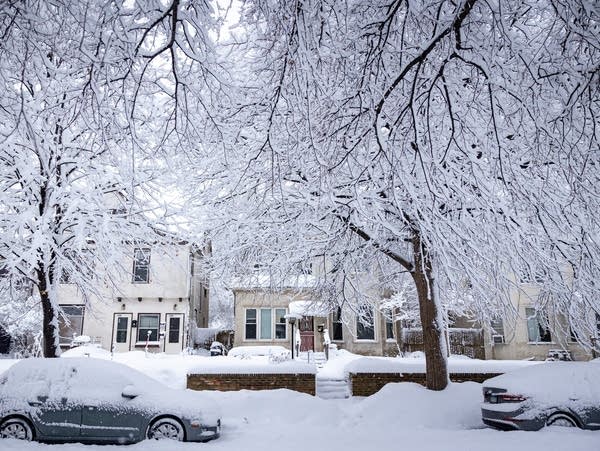How to prepare for the winter storm that might break Minnesota records

Heavy, wet snow covers tree branches along 10th Avenue in Minneapolis on Jan. 4.
Ben Hovland | MPR News
Go Deeper.
Create an account or log in to save stories.
Like this?
Thanks for liking this story! We have added it to a list of your favorite stories.


